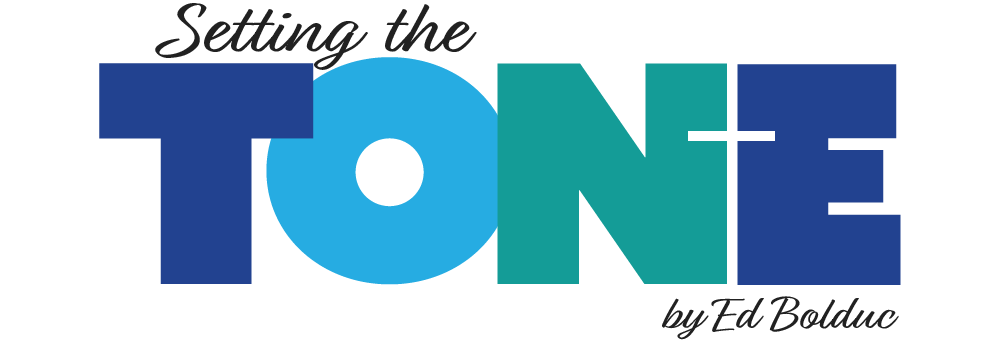Part 2 of REPLAY: Allow me to introduce…sound!
Last week’s post presented ideas and considerations for beginning music (songs) within the Liturgy. (see post here) This week we will focus on ending the song.
Where Are You Going?
We’re not finished, yet. The song needs to end. Just like we looked at where we were coming from when we began the song (sound or silence) we need to look to where we’re going in the liturgy. In other words, what is coming right after?
At the conclusion of the Gathering Song, the very next thing to happen is the Greeting: the Sign of the Cross. How will you set up that liturgical moment? Will you be ‘asking’ the priest to follow a big, strong ending where everyone, assembly included, is singing at the top of their lungs? Perhaps. Or, will you gradually bring the dynamic level down, setting up the Greeting with a brief moment of silence? It’s your choice…and it can make all the difference.
- Start one way, end another: If you begin strong, end quietly. Start with the full band, as described above, then end with just the assembly singing the refrain of the song, accompanied by just piano or guitar. A nice way to end this is by adding the last chord, softly, but by the whole band….(the priest beings: “In the name of the Father…”)
Similarly, if you begin quietly, end strong! Build up all the way to the end. The last chord rings out big and strong until the whole band is cutoff together by you… (the priest beings: “In the name of the Father…”)
That would be powerful musical contrast: highs and lows, loud and soft.
- “Book-end” style: Start quietly, end quietly. Certainly, there are some liturgies where this would seem, and feel, appropriate as opposed to big loud intros and endings. Be sensitive to those times.
In the same way you can begin strong and end strong. Christmas Day and Easter Sunday come immediately to mind. It would be feel completely appropriate to be as festive as possible for some liturgies. Keep the dynamic level up.
Again, consider the Responsorial Psalm: the lector has just proclaimed the first reading and is leaving the ambo. As they return to their seat the room is…silent. What happens next depends on you. You are about to “introduce sound” into this beautiful, reverent moment of silence as listeners contemplate a reading from the Old Testament. How will you begin? Loudly? Softly? Just piano? Solo flute? A cappella voices? Drums? There are so many options, and for each we must consider the liturgical moment.
Then, what comes next? Silence again! How will you end? How do you set that up? Think about it.
In the end, it’s all about making good liturgical choices. Don’t feel like you need to play the music the same way every time. Just because the score says forte, it doesn’t mean you have to play it that way. Similarly, piano. It just depends on the liturgical moment and what you, as music director, are trying to accomplish at that time.

